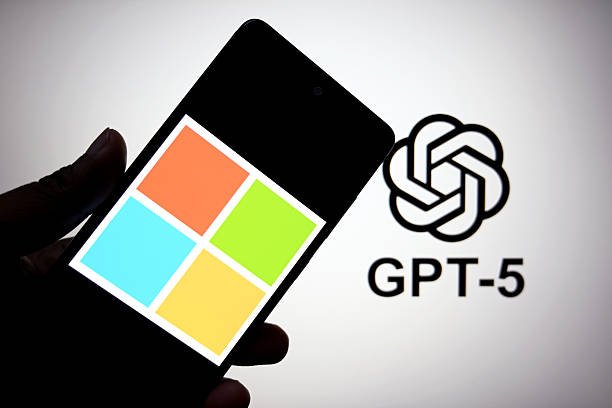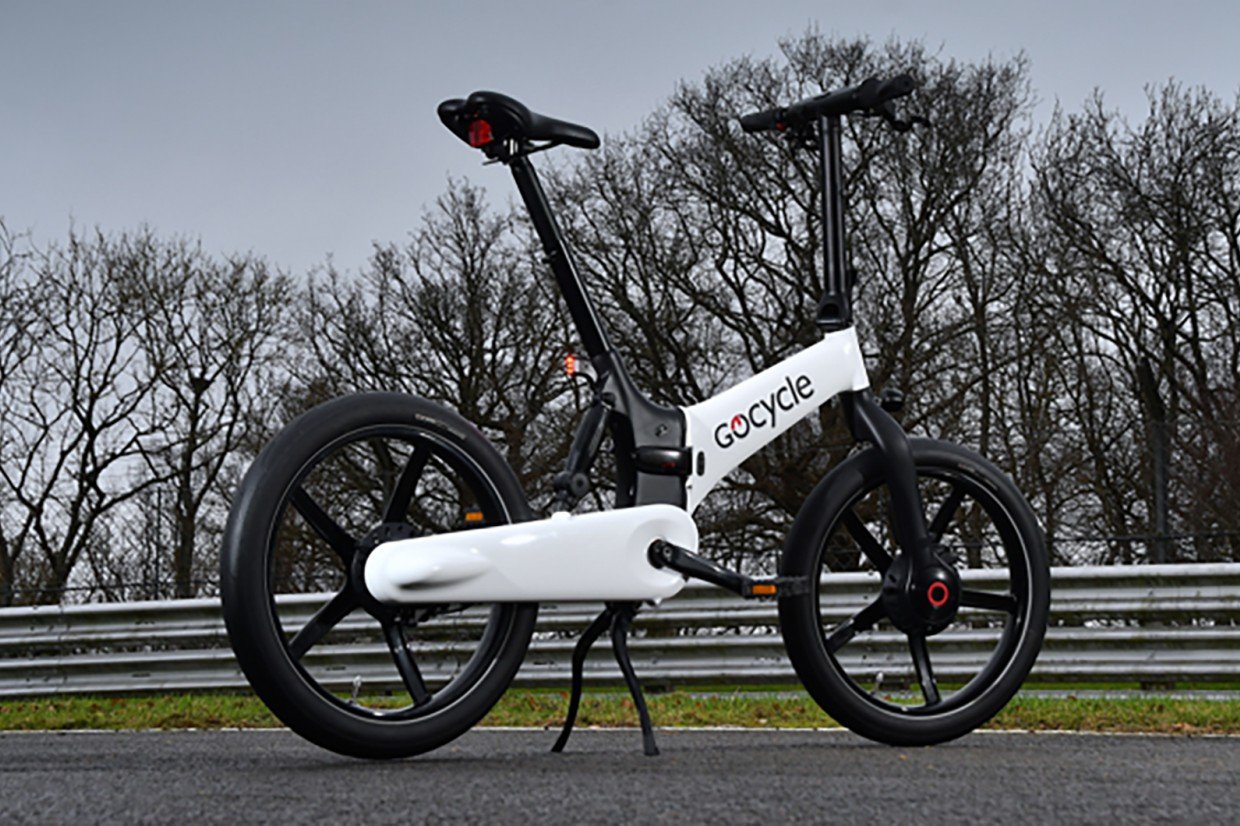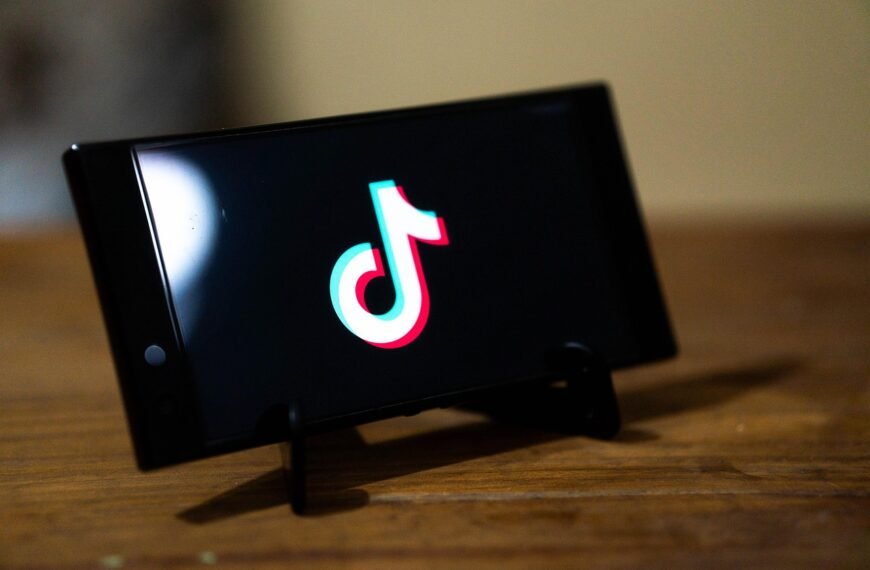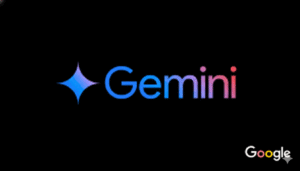OpenAI is getting ready to launch its next-generation AI model, GPT-5, and excitement is building fast. CEO Sam Altman recently gave a sneak peek of GPT-5’s power on social media, sharing a screenshot that shows just how much better this new model is compared to GPT-4o.
Early Look at GPT-5
In a recent post on X (formerly Twitter), Sam Altman shared a simple but powerful example. He asked GPT-5, “What is the most thought-provoking show about AI?” The model responded with a smart and well-organized list, including where each show is streaming, a short description, and even critic ratings like Rotten Tomatoes scores. It avoided giving away spoilers while offering useful, engaging information.
This gives us a real glimpse into how much GPT-5 has improved in terms of tone, intelligence, and usefulness.
How GPT-5 is Different from GPT-4
When the same question was asked to GPT-4o, the results were noticeably different. GPT-4o responded in a more structured, old-school format — with bullet points and basic subheadings. While still helpful, its answers felt more robotic and focused mainly on the storylines.
GPT-5, on the other hand, gave a more natural and easy-to-read reply. It sounded more like a human and provided extra value with specific facts such as viewer reactions and visual highlights.
A More Natural and Smarter AI
The big change seems to come from combining the strengths of GPT’s conversational style and the smart reasoning skills of OpenAI’s o-series. Altman had hinted that GPT-5 would bring these two lines together for the first time — and now we’re seeing how that might look.
GPT-5 is also expected to come with full access to all of OpenAI’s powerful tools. This could include features like:
- Web search
- Image generation
- Advanced voice interaction
- Canvas for writing and planning
- The new ChatGPT Agent
What to Expect Next
While OpenAI hasn’t officially confirmed the release date, many believe GPT-5 could arrive in August. Based on what we’ve seen so far, users can expect a smarter, more natural, and more helpful AI — one that could change how we search, chat, and get things done with technology.





















